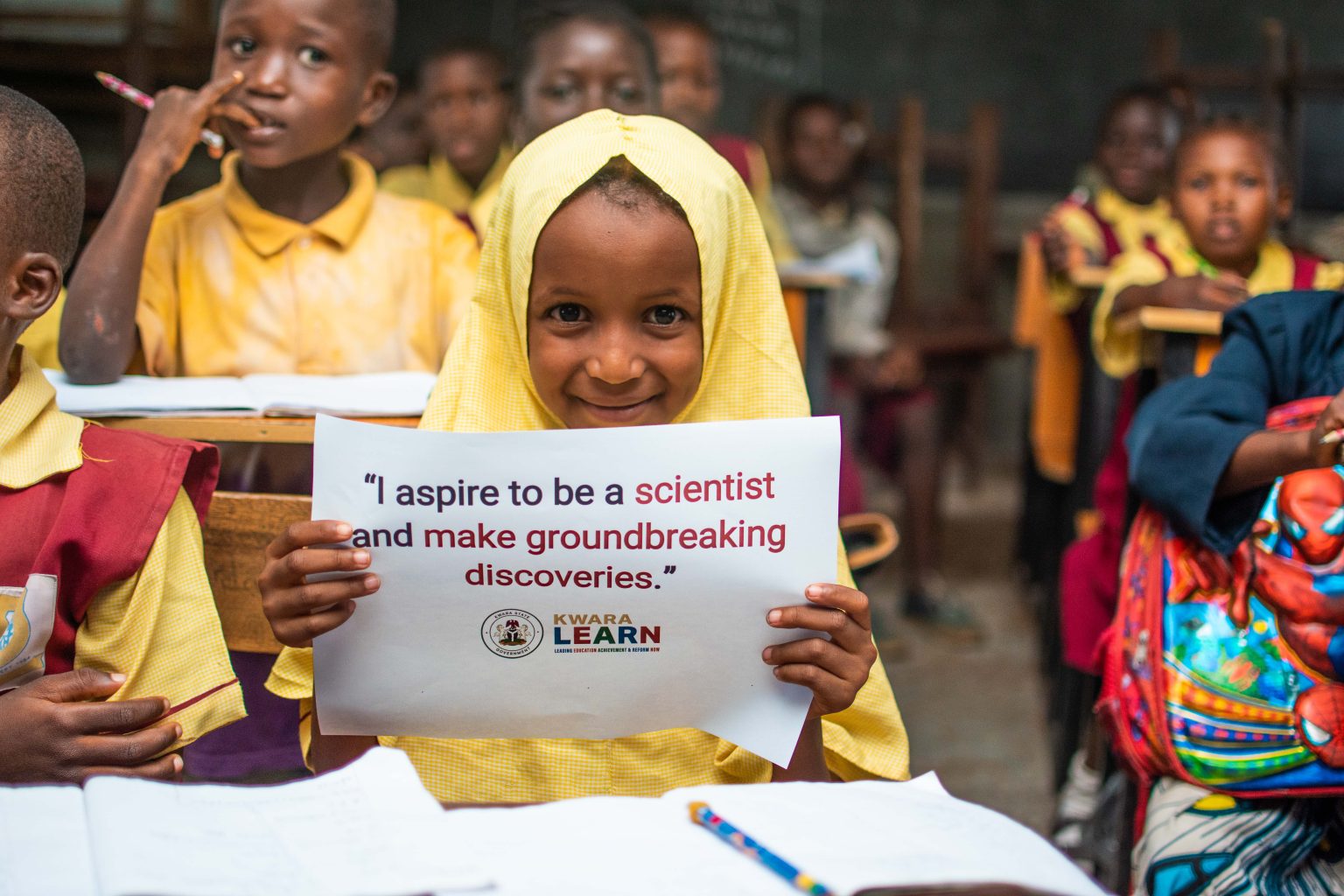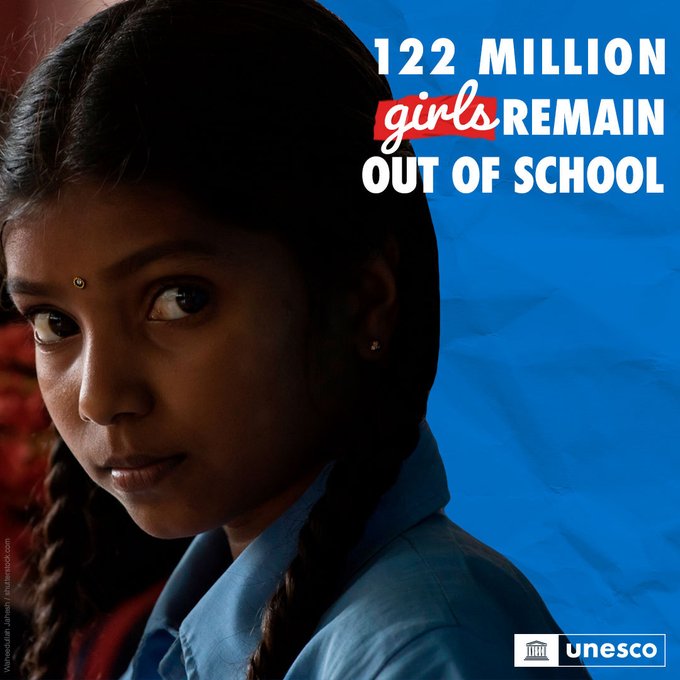
A new report by the United Nations Educational, Scientific and Cultural Organization (UNESCO) has revealed that 122 million girls across the globe still lack access to education. No less than fifty per cent of this affected population are domiciled in sub-Saharan Africa.
According to the factsheet issued by the United Nations Global Education Monitoring Report, significant progress on girl child education has been made since 2015 with over 50 million girls enrolling in school.
However, much of the progress recorded in the last eight years cannot be attributed to Africa, as the continent remains the region where young women face the largest disadvantage.
Progress recorded since 2015
-
22.5 million more girls in primary school, 14.6 million more in lower secondary and 13 million in upper secondary education
-
Completion rates of girls increased from 86 per cent to 89 per cent in primary education, from 74 per cent to 79 per cent in lower secondary and 54 per cent to 61 per cent in upper secondary education. That means that five million more girls are completing primary, lower secondary and upper secondary school every year now than they were in 2015
-
Girls are now outperforming boys in reading across all education levels and country income groups. They are also performing the same as boys in mathematics
-
The proportion of teachers that are female increased across primary, lower and upper secondary education, cementing the fact that it is a feminized profession across the board. The proportion of teachers that are female at the pre-primary level dropped by less than one percent and remains heavily female, at 94 per cent
-
There has been little change in the proportion of schools with single sex toilets, falling from 80 per cent in 2016 to 79 per cent in 2022 in primary, but remaining constant at 91% in lower secondary
According to the release from UNESCO, “the exception to this success includes sub-Saharan Africa, where girls remain far less likely to go to school at any education level”.
In 1990, Sub-Saharan Africa was ahead of Central and Southern Asia in having more girls enrolled in secondary and tertiary schools. Today, these Asian regions have overtaken Africa in the gender parity goals.
Photo credit: Kwara Learn
Girl Child Education in Nigeria
According to the United Nations Children’s Fund (UNICEF), Africa’s most population accounts for 15 per cent of out-of-school children worldwide. About 7.6 million girls are being deprived of access to quality education.
UNICEF Nigeria Country Representative, Cristian Munduate stated this on Wednesday at an event organised to commemorate International Day of the Girl 2023 at Government House, Kano.
However, there are glimmers of hope arising from initiatives such as the Adolescent Girls Initiative for Learning and Empowerment (AGILE) project of the Nigerian government, which currently helps to keep over 3 million girls from seven states (Borno, Ekiti, Kaduna, Kano, Katsina, Kebbi, and Plateau) in school. According to Nigeria’s Minister of State for Education, Yusuf Sununu, the AGILE initiative has initiated skills and digital literacy training for 6,000 girls and financial incentives for 90,298 girls.
READ MORE: Nigeria enrols 3 million girls in secondary schools through AGILE project – Official
Another initiative is the Girls’ Education Project 3, which has supported 1.5 million girls in Nigeria to return to school in the last two years. This is exclusive of state-owned initiatives such as the provision of financial incentives to keep girls in school as seen in states like Kano and Bauchi.
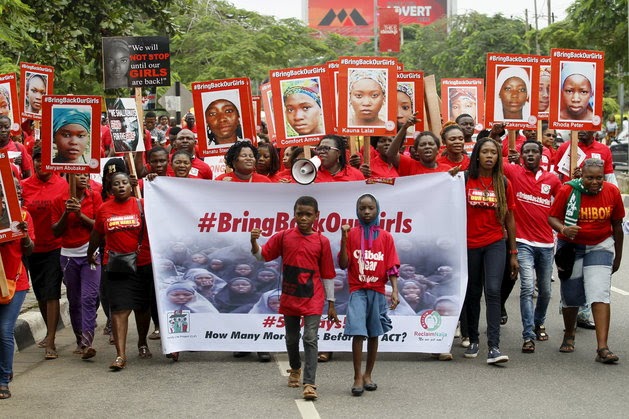
Insecurity hampering progress made on girl child education
In the last eight years, more than 1,000 children have been abducted, with no less than 80 per cent of the victims being girls. Nonprofit organisations, Meluibe Foundation and Action Aid Nigeria in a statement, have noted that the persistent insecurity issues of insecurity not only hamper efforts being made to address the education gap in Nigeria but cast a dark shadow over the education of young girls in the country.
“In the last eight years, more than 1,000 children have been abducted; at least, 80 per cent of them are girls. This alarming trend emphasises the urgent need for all tiers of government to prioritise the safety of girls, not only within the confines of school walls, but also in their communities and on their journeys to school.
“Despite the global outcry after the abduction of the Chibok girls, it is disheartening that after almost a decade, more than 90 of them are still unaccounted for, and similar incidents have plagued different parts of the country, including Niger, Zamfara and Kaduna states, with abductions often occurring within the school environment” Action Aid Nigeria said in its statement.
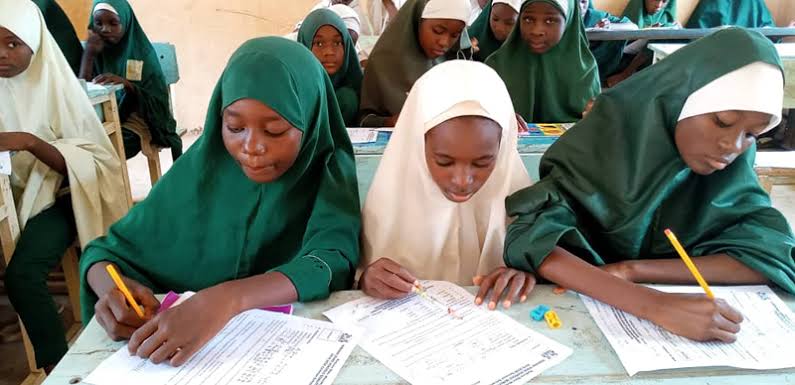
Governments must take proactive steps
The UN body urges all governments and partners to urgently take proactive steps to ensure that all girls complete a full cycle of basic education by 2030.
These include supporting marginalized girls to access at least 12 years of free, safe and quality education, make education more affordable through incentives such as scholarships and financial aids, adopt a holistic approach addressing the drivers and root causes of violence both at school and community levels, invest in data collection and use in policymaking, ensure equal representation of women and girls in curriculum and textbooks, institutionalise gender-responsive legal frameworks, that promote gender equality.
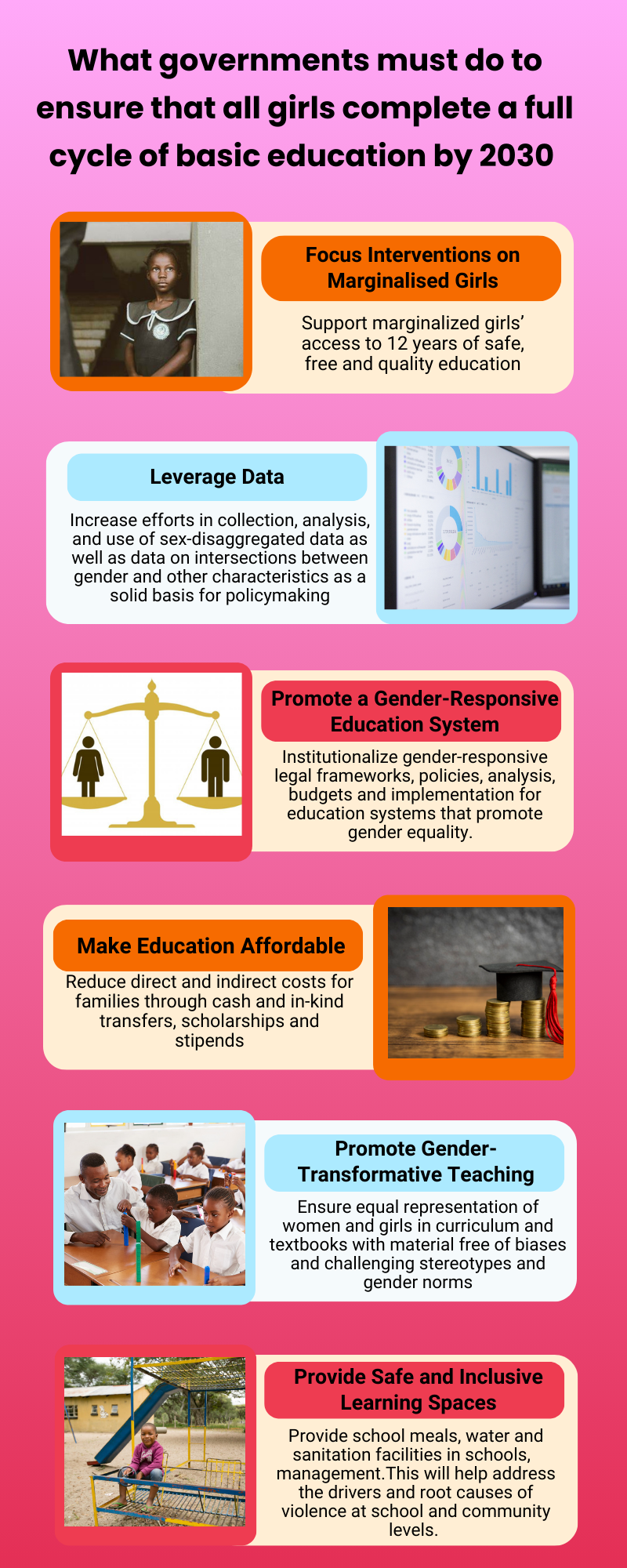
The international agency further tasked governments and societies to bring all girls back to school, prioritise the leadership of girls and women and promote an integrated and coordinated approach that addresses girls’ holistic education, health and protection needs.

Speaking on the critical areas Africa needs to work on Director of the United Nations Global Education Monitoring Report, Manos Antoninis, an interview with Edugist, said:
“Investing in girls’ rights today is a vital step to ensure the world’s well-being. While progress has been made, millions of girls are still left behind. Let’s double down on our efforts, empowering every girl to complete her education by 2030. A world that invests in girls is a world that invests in a brighter future for all”.
Antoninis noted one problem that needs to be addressed in the continent is late school enrolment and repetition rate of students. He said children in Africa start school late when compared with their counterparts in other regions. Also, the repetition rate is much higher. Due to the late enrolment, girls at 15 years old may just be finishing lower secondary school. Yet at this age, because of the existent social norms, they may be forced to drop out of school early and get married.
“Government needs to ensure that children start school on time and they do not repeat classes because that is primarily at the detriment of girls.”


